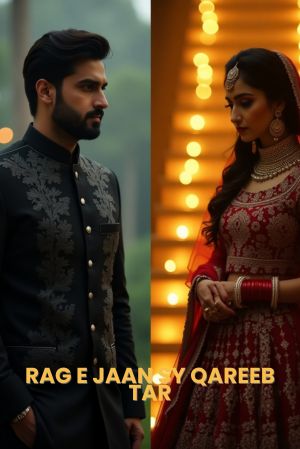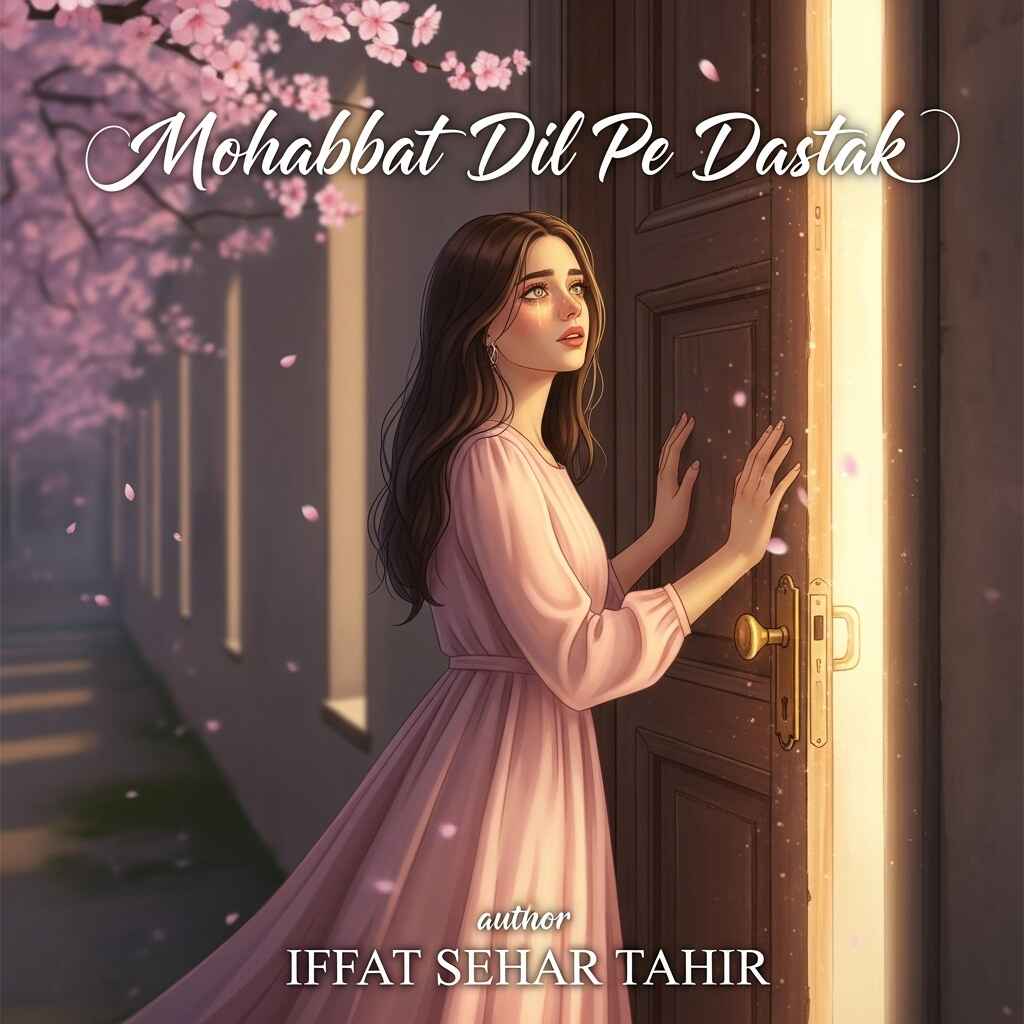Rag E Jaan Sy Qareeb Tar Novel by Farwa Khalid

| Novel Name | Rag E Jaan Sy Qareeb Tar |
| Writer Name | Farwa Khalid |
| File Size | 13.20 MB |
| File Type |
Rag E Jaan Sy Qareeb Tar by Farwa Khalid. Enjoy intense family drama and romance in this popular novel. Read or download the complete PDF.
Summary of Rag E Jaan Sy Qareeb Tar
Raag e Jaan Se Qarib Tar is a deeply emotional Urdu novel by Farwa Khalid that explores the intricate bonds of human relationships and the deep bonds that connect people at a deeper level of the soul. The novel stands out for its sensitive portrayal of love, attachment, and the challenges that come with becoming emotionally close to someone.
Main Theme of the novel
- The story centers on the closeness of relationships, delving into how emotional bonds can both heal and hurt.
- Farwa Khalid crafts a narrative that highlights the subtle dynamics between characters, showing how trust, loyalty, and understanding are tested through life’s trials.
- The novel’s title, which translates to “Closer Than the Vein of Life,” reflects the intensity of these connections, suggesting that some relationships are so vital they become a part of one’s very existence.
Characters and Emotional Depth
- The characters are portrayed with authenticity, each facing their own struggles and growth.
- The protagonist’s journey is marked by personal challenges, emotional conflicts, and moments of vulnerability, making the story relatable to readers who have experienced deep relationships.
- The supporting characters add rich depth to the narrative, providing different perspectives on love, sacrifice, and forgiveness.
Writing Style of Farwa Khalid
- Farwa Khalid’s writing is known for its emotional resonance and poetic language, drawing readers into the inner worlds of her characters.
- The story moves at a steady pace, allowing readers to fully immerse themselves in the characters’ experiences and the evolving relationships.
- The novel leaves a lasting impact due to its authenticity and the way it captures the complexities of human emotions.
Conclusion
Rag E Jaan Sy Qareeb Tar is a great read for those interested in stories about love, relationships, and the bonds that bind us. It is praised for its emotional depth, relatable characters, and the way it authentically portrays the joys and sorrows of being close to someone. The novel is a testament to Farwa Khalid’s skill at weaving narratives that resonate with readers long after the story ends.



